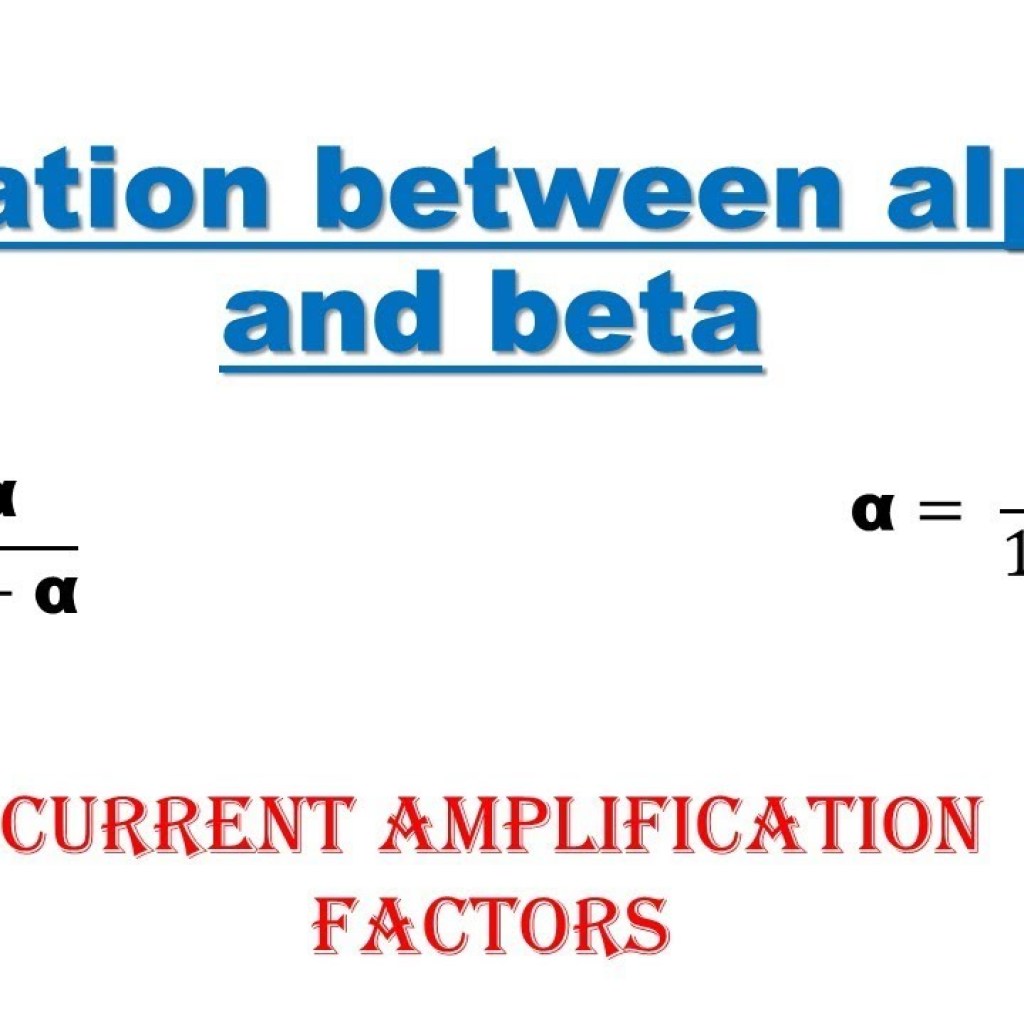Contents

Source: YouTube
<>
Understanding Amplification Factor in Optical Amplifiers
What is the Amplification Factor?
The amplification factor, also known as the gain factor, of an optical amplifier indicates how much the input power is amplified. In the case of laser amplifiers, this factor is influenced by the characteristics of the laser gain medium, its excitation level, the optical wavelength, and potentially the beam polarization. For optical parametric amplifiers, factors such as the nonlinear crystal length, pump intensity, and beam diameters play a role in determining the amplification factor.
Effect of Gain Saturation
During the amplification of a strong optical pulse, the amplification factor can decrease due to gain saturation. In such cases, an effective amplification factor can be defined as the ratio of output energy to input energy.
Decibel Representation of Gain
Gain can also be expressed in decibels, which is calculated as 10 times the logarithm to the base 10 of the amplification factor. This provides a convenient way to quantify the amplification level in a logarithmic scale.
Further Exploration
Understanding the amplification factor is crucial in optimizing the performance of optical amplifiers. By delving deeper into the factors that influence gain, researchers and engineers can enhance the efficiency and effectiveness of these devices in various applications.
Source: ResearchGate
Feel free to comment your thoughts.



